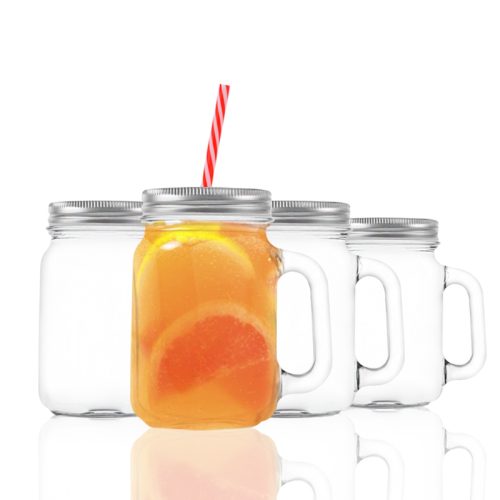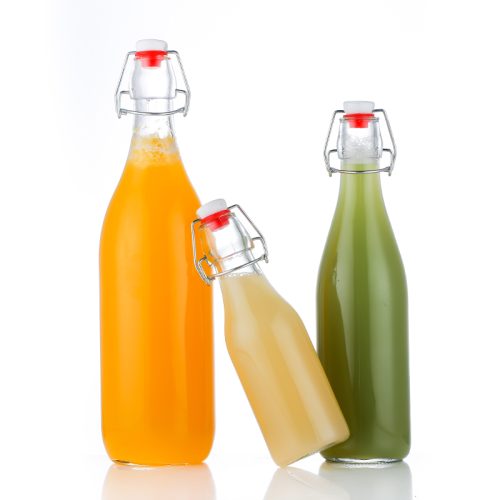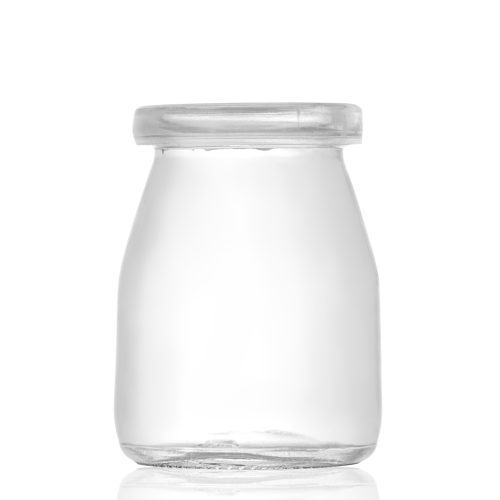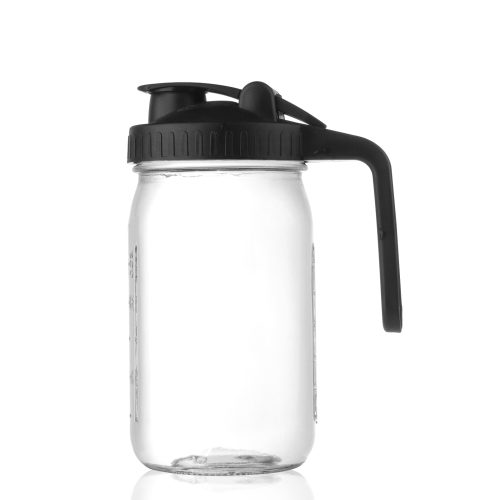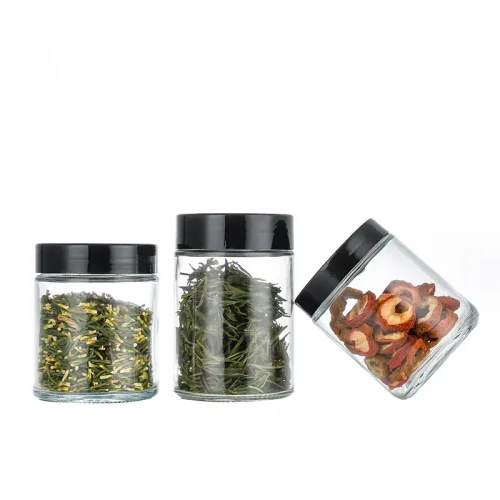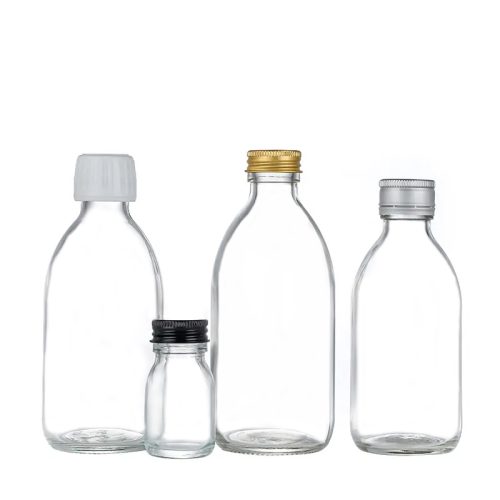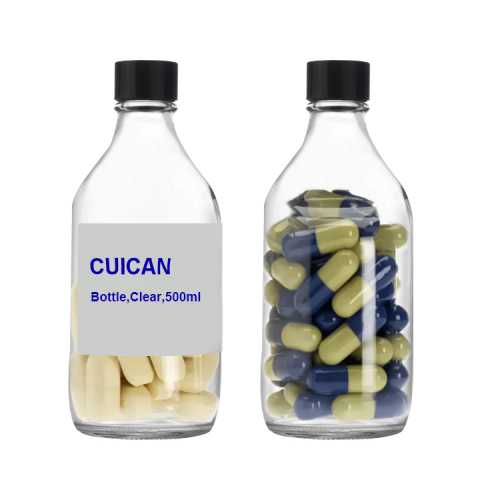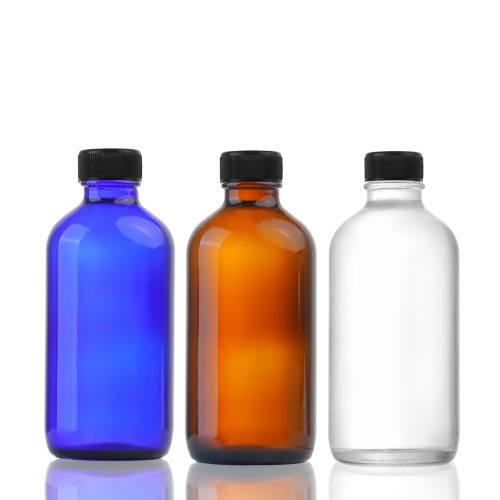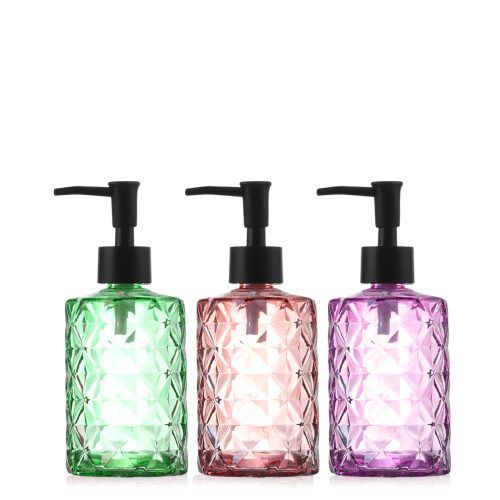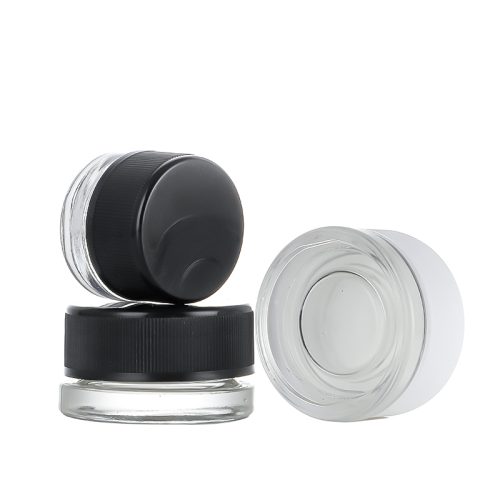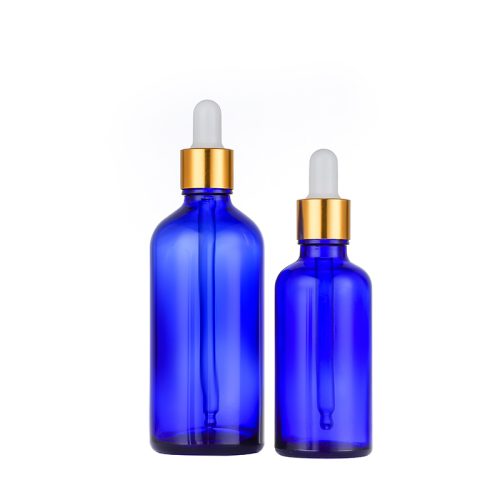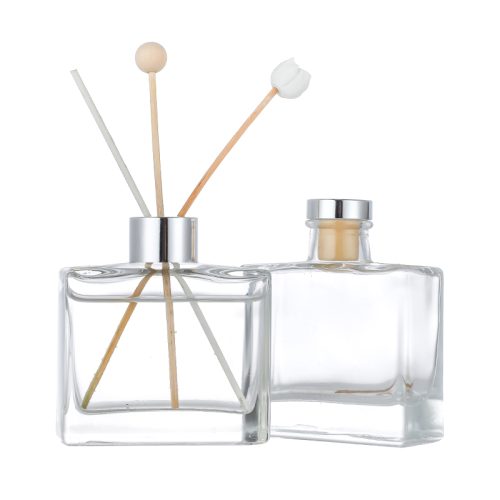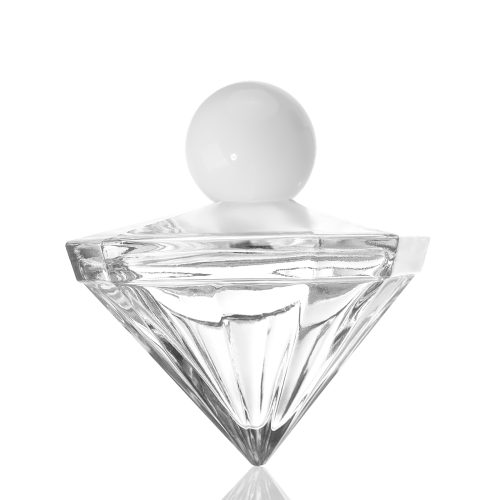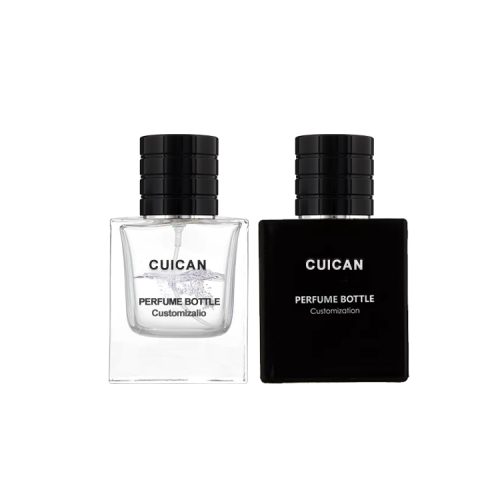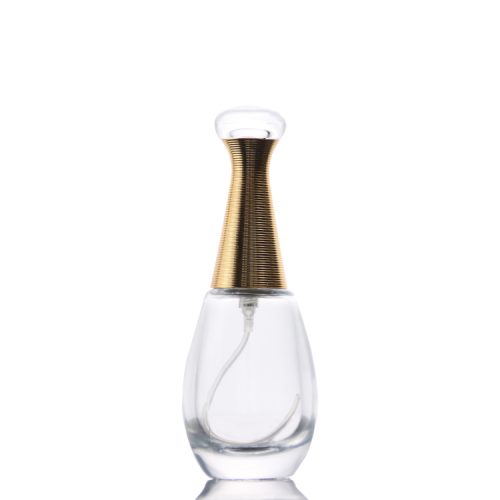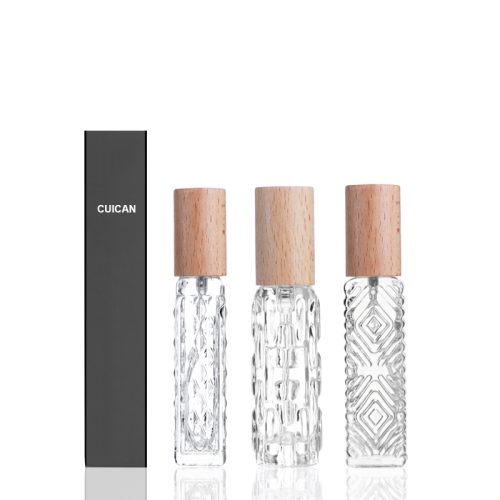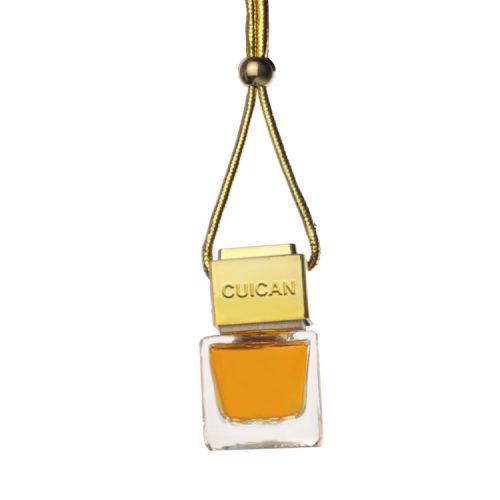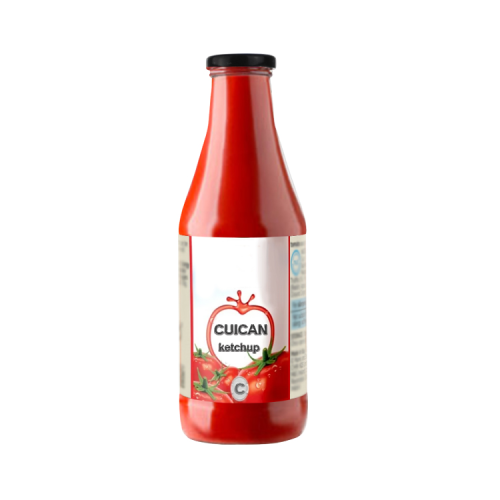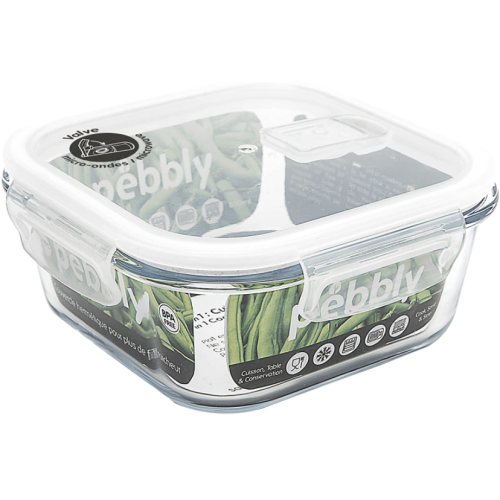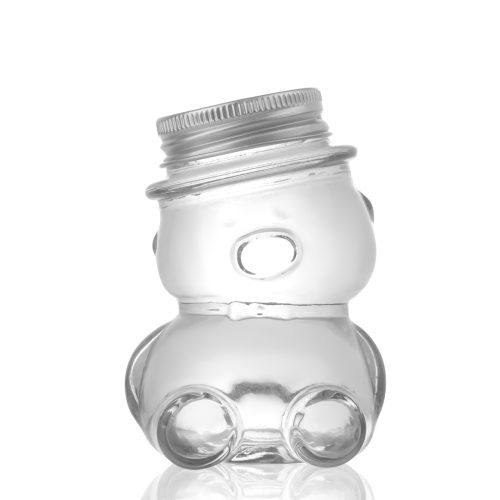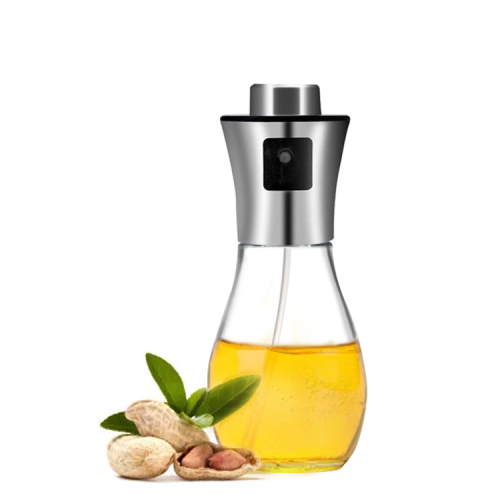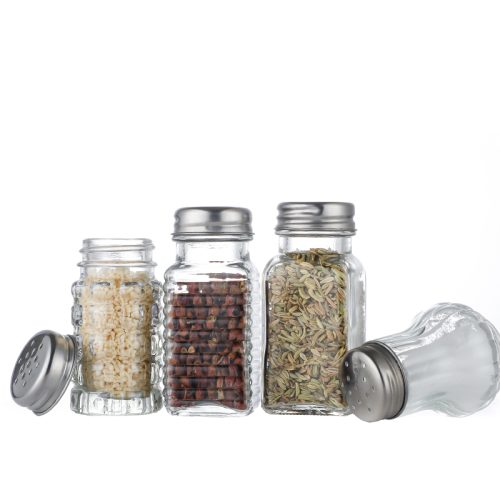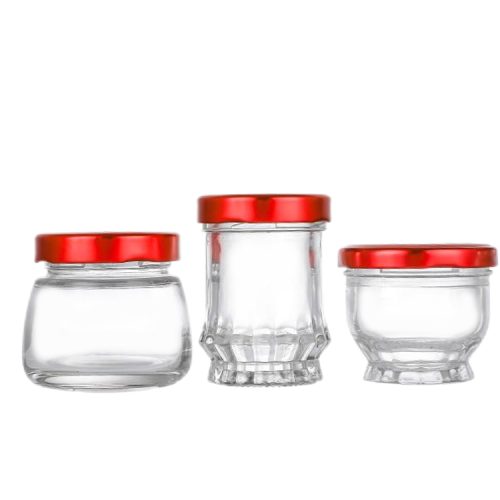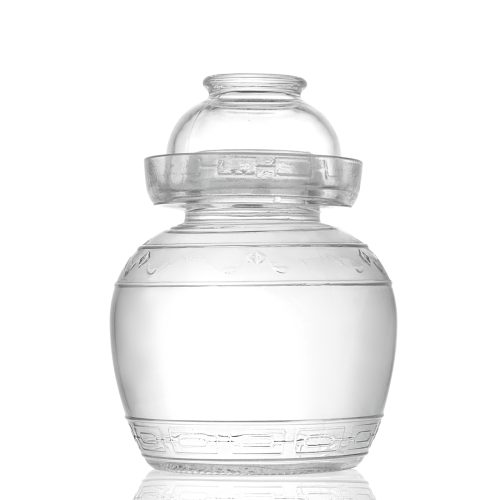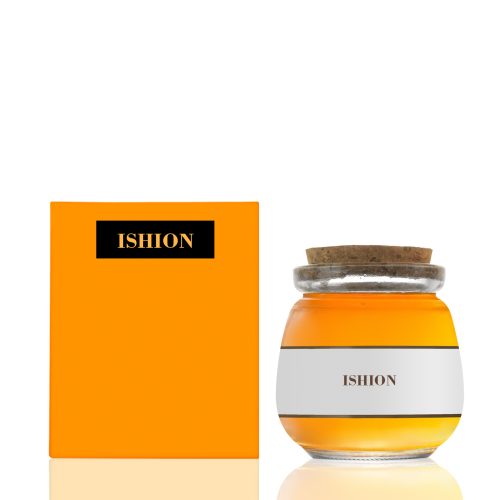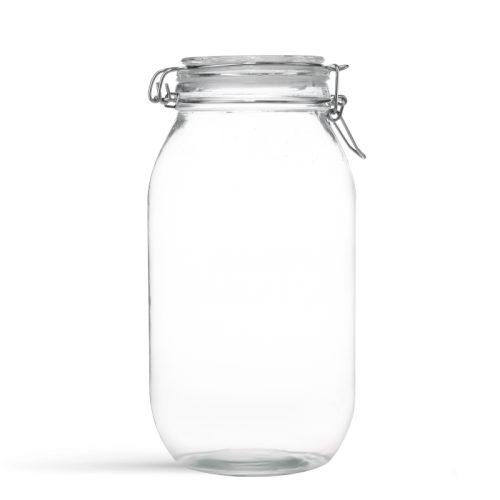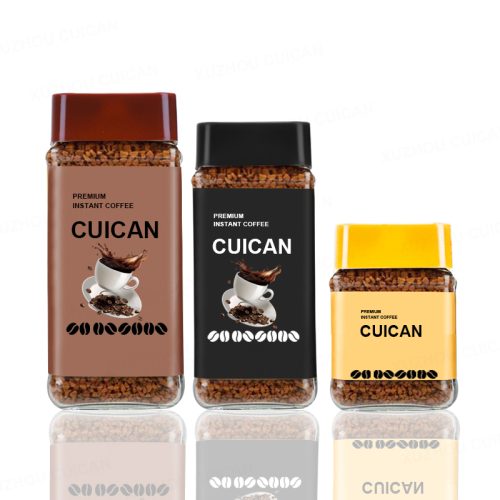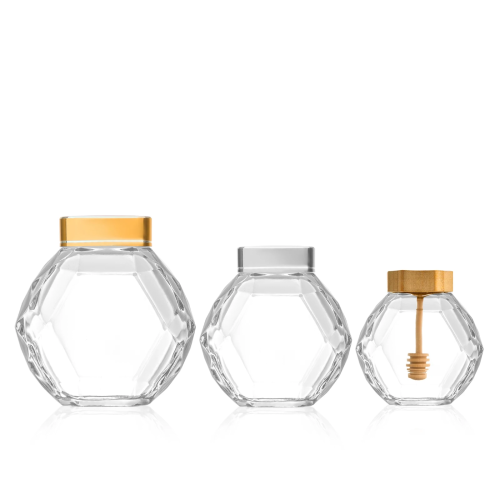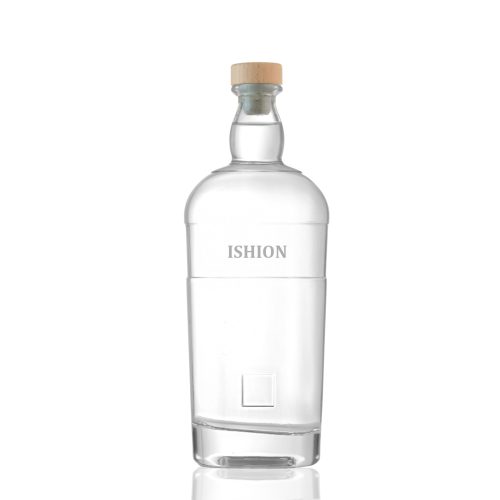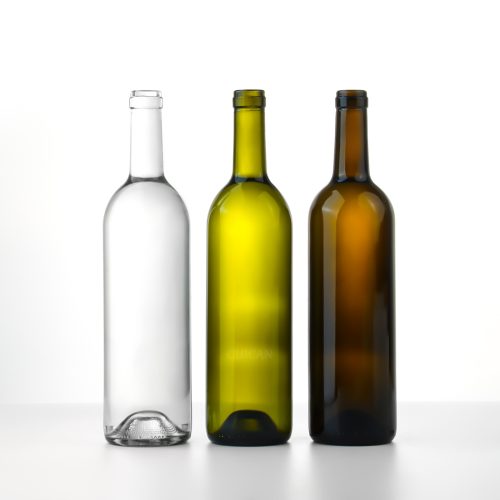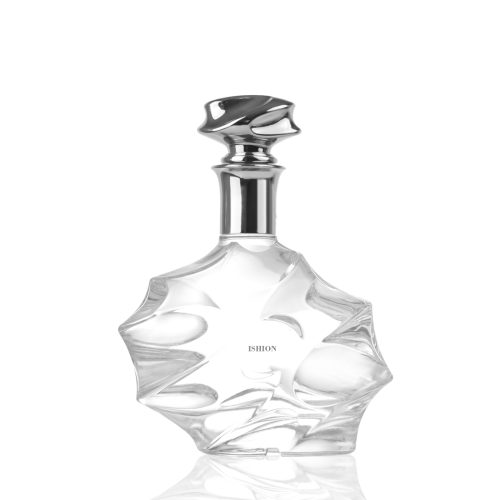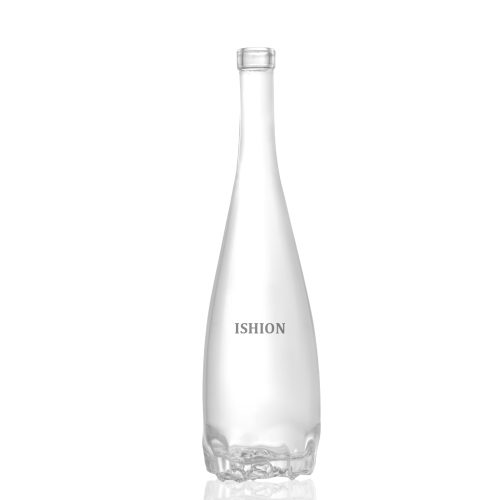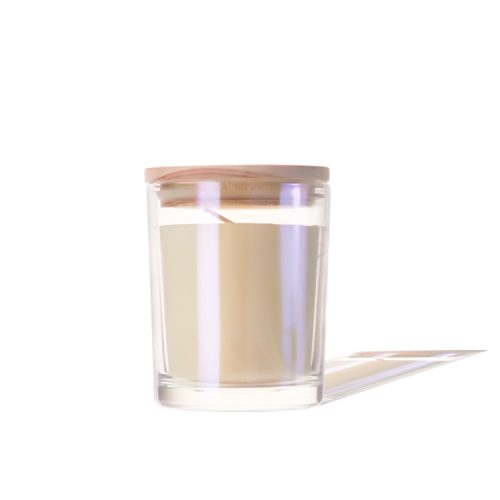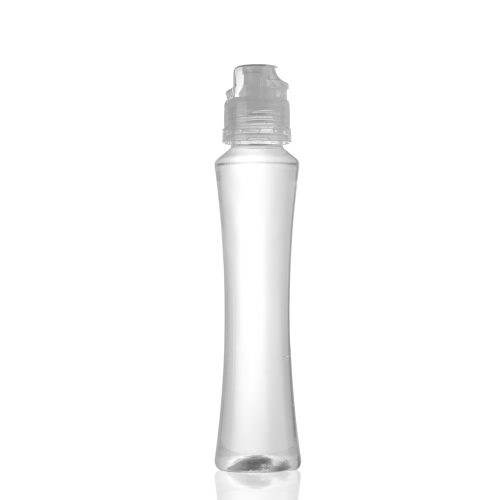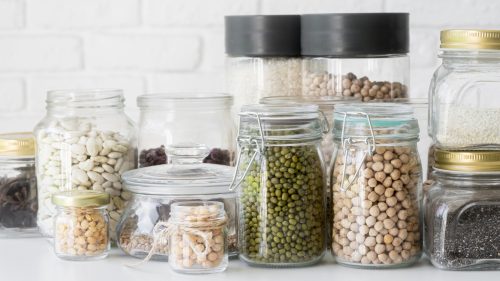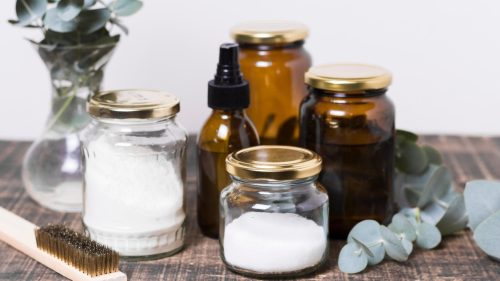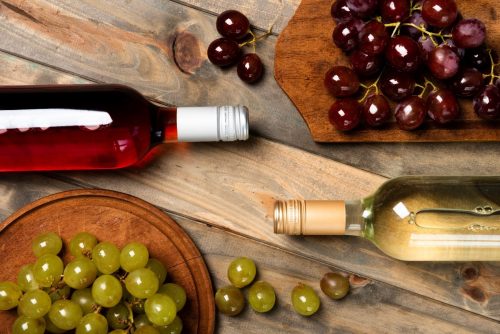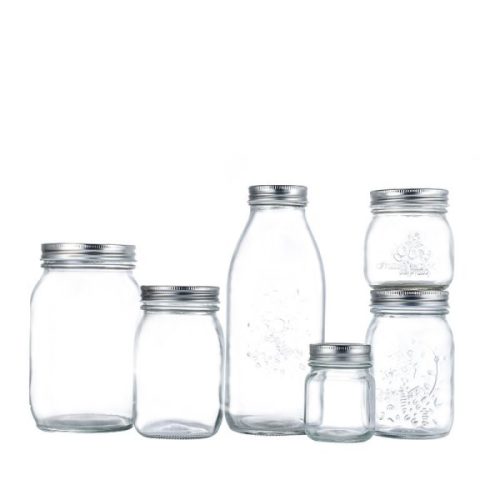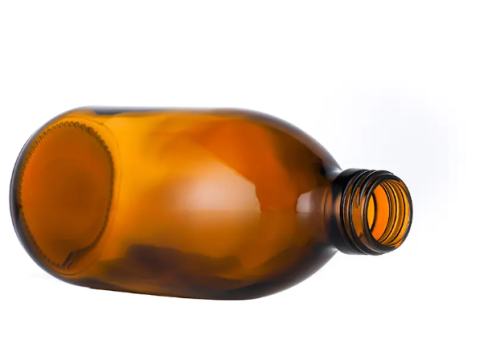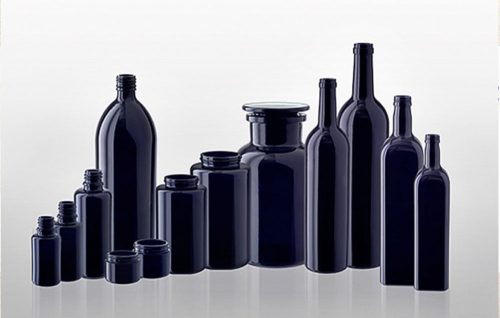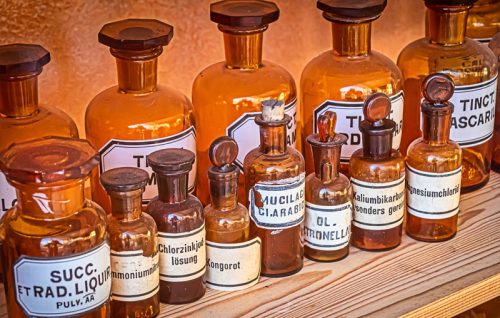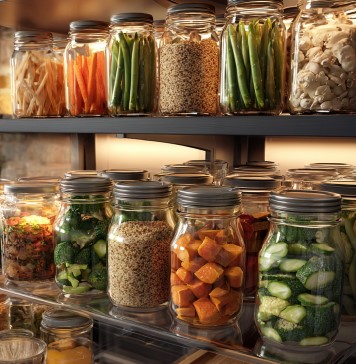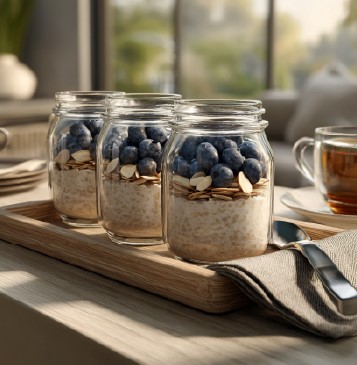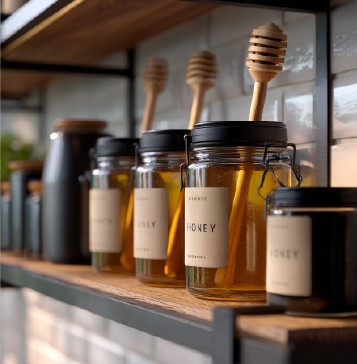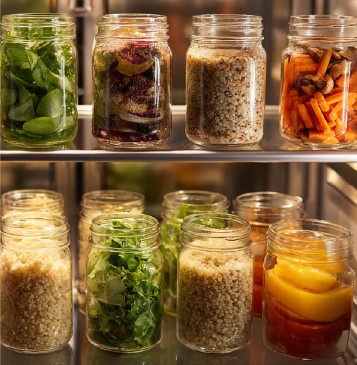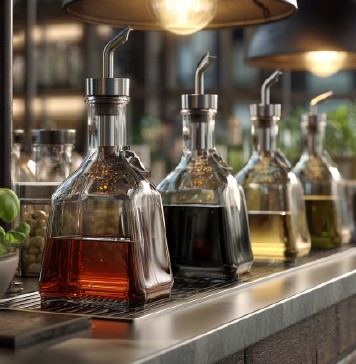-
Arabic
-
English
-
French
-
Malagasy
-
Portuguese
-
Russian
-
Spanish
-
Thai
Amber olive oil bottles are a popular choice among home cooks and professional chefs alike because they help protect the oil from light and heat. The dark amber color of the glass blocks out UV rays, which can cause the oil to break down and spoil faster. Plus, the bottles are usually made of high-quality glass that won’t react with the oil and alter its flavor.
If you’re looking for an amber olive oil bottle, you’ll find a variety of options to choose from. Some are simple and functional, while others are more decorative and can even be used as table centerpieces. You can find bottles in different sizes, shapes, and designs, so you’re sure to find one that fits your needs and style. Plus, many come with pour spouts or other features that make it easy to use and dispense the oil.
Table of contents packafill
1 History of Amber Olive Oil Bottles
3 Benefits of Amber Bottles for Olive Oil
4 Packaging and Labeling Standards
History of Amber Olive Oil Bottles

Amber olive oil bottles have been around for centuries, and they have a rich history that dates back to ancient times. The ancient Greeks and Romans used amphorae, which were large ceramic jars, to store and transport olive oil. These jars were often decorated with intricate patterns and designs, and they were used to store other liquids as well, such as wine and honey.
As time went on, glass became the preferred material for storing olive oil. Glass bottles were more durable than ceramic jars, and they allowed people to see the contents of the bottle without opening it. Amber glass bottles were particularly popular because they helped to protect the oil from sunlight, which can cause the oil to spoil.
Today, amber olive oil bottles are still widely used, and they are a popular choice for home cooks and professional chefs alike. They come in a variety of sizes and shapes, and they are often decorated with labels or designs that reflect the quality and origin of the oil.
When choosing an amber olive oil bottle, it is important to look for one that is made from high-quality glass and has a tight-fitting cap or cork. This will help to ensure that the oil stays fresh and does not spoil. It is also important to store the bottle in a cool, dark place, away from direct sunlight and heat.
In summary, amber olive oil bottles have a long and rich history, and they continue to be a popular choice for storing and transporting olive oil. By choosing a high-quality bottle and storing it properly, you can ensure that your olive oil stays fresh and flavorful for as long as possible.
Manufacturing Process

When it comes to manufacturing amber olive oil bottles, there are several steps involved that ensure the final product is of high quality. In this section, we’ll take a closer look at the manufacturing process, including material selection, bottle shaping, coloring, and design.
Material Selection
The first step in manufacturing amber olive oil bottles is selecting the right materials. The most common material used for these bottles is glass, which is known for its durability and ability to preserve the quality of the oil. Glass bottles are also easy to clean and can be reused multiple times.
Bottle Shaping
Once the materials have been selected, the next step is shaping the bottle. Glass bottles can be molded into various shapes and sizes to suit different preferences. The most common shapes for amber olive oil bottles include cylindrical, square, and rectangular.
Coloring and Design
After the bottle has been shaped, the next step is adding color and design. Amber-colored glass is often used for olive oil bottles as it helps to block out harmful UV rays that can degrade the quality of the oil. Additionally, the color gives the bottle a distinctive look that sets it apart from other types of oil bottles.
In terms of design, manufacturers can add logos, labels, and other decorative elements to the bottle to make it more visually appealing. Some manufacturers also offer custom designs to cater to the specific needs of their customers.
Overall, the manufacturing process for amber olive oil bottles involves careful consideration of materials, shaping, coloring, and design to create a high-quality product that is both functional and aesthetically pleasing.
Benefits of Amber Bottles for Olive Oil

When it comes to storing olive oil, choosing the right bottle is crucial to maintaining its quality and preserving its shelf life. Amber bottles are a popular choice for storing olive oil due to their numerous benefits.
UV Light Protection
One of the primary benefits of using amber bottles for olive oil is the protection they provide against UV light. UV light can cause oxidation of the oil, leading to a decrease in quality and flavor. Amber bottles are designed to block out harmful UV rays, keeping the oil fresh and flavorful for longer periods.
Preservation of Quality
Another benefit of using amber bottles for olive oil is their ability to preserve the quality of the oil. Amber bottles are made of a dark-colored glass that helps to prevent oxidation and rancidity of the oil. The dark glass also helps to maintain the oil’s natural color and flavor.
Shelf Life Extension
Amber bottles can also help to extend the shelf life of olive oil. By protecting the oil from light and oxidation, the oil can maintain its quality for a longer period. This means that you can enjoy your olive oil for a longer time without it going bad or losing its flavor.
In summary, using amber bottles for storing olive oil is a wise decision. The UV light protection, preservation of quality, and shelf life extension benefits make them an excellent choice for anyone who wants to ensure that their olive oil stays fresh and flavorful for as long as possible.
Packaging and Labeling Standards
Regulatory Compliance
When it comes to packaging and labeling amber olive oil bottles, there are certain regulatory compliance standards that must be followed. The California Department of Food and Agriculture (CDFA) has established Grade and Labeling Standards for Olive Oil, Refined-Olive Oil, and Olive-Pomace Oil [1]. These standards establish requirements for labeling and packaging, and list acceptable terms for use on labels.
Label Information
The label on an amber olive oil bottle must include certain information to comply with regulatory standards. The lot code and use by date can be on the front or back label, and the harvest date is optional. However, if included, 100% of the olives in the oil must be from the year listed. The terms “First cold press”, “Cold pressing”, “Cold extraction”, or “Cold Crushed” can only be used for extra virgin olive oil or virgin olive oil [2].
Design Trends
In addition to regulatory compliance, there are also design trends to consider when packaging and labeling amber olive oil bottles. Glass is the preferred packaging material in Italy for olive oil, and the most used bottle shape is the marasca type. It is chosen for its small price, the best shelf management, and functionality. The most common bottle volume is 0.75 L, followed by 0.5 L; the use of other volumes is very marginal [3].
To maximize shelf stability, the ideal packaging material would prevent light and air penetration, and the oils would be stored in the dark at 16 – 18 °C (61 – 64 °F) [4].
When designing the label, it is important to keep in mind that a good-looking package can always sell a product once [5]. The label should be visually appealing, easy to read, and include all required information.
Overall, when packaging and labeling amber olive oil bottles, it is important to balance regulatory compliance with design trends to create a product that is both visually appealing and meets all necessary standards.
Usage and Care
Filling the Bottle
When filling your amber olive oil bottle, it is important to use a funnel to avoid spilling oil on the bottle’s exterior. This will help keep the bottle clean and prevent any stains. Additionally, it is recommended to fill the bottle only up to 2/3 of its capacity to prevent the oil from overflowing when dispensing.
Dispensing Olive Oil
To dispense olive oil from your amber bottle, remove the cap and slowly tilt the bottle to pour the desired amount of oil. The narrow spout of the bottle helps to control the flow of oil and prevent spills. If you prefer a more controlled pour, you can use a pour spout or a stopper with a controlled flow mechanism.
Cleaning and Maintenance
To maintain the quality and longevity of your amber olive oil bottle, it is important to clean it regularly. You can use warm soapy water and a soft sponge or cloth to clean the bottle’s exterior and interior. Be sure to rinse the bottle thoroughly and dry it completely before refilling it with oil. Avoid using abrasive cleaners or harsh chemicals as they can damage the bottle’s finish.
It is also recommended to store your amber olive oil bottle in a cool, dark place away from direct sunlight and heat sources. This will help preserve the quality and flavor of the oil and prevent it from going rancid. With proper usage and care, your amber olive oil bottle can last for years and provide you with delicious, high-quality olive oil for all your culinary needs.










